Il mondo delle camere d’aria si è rivitalizzato negli ultimi tempi grazie a dei nuovi prodotti molto leggeri e compatti. Tra le più recenti nuove entrare ci sono le camere d’aria NXT di Barbieri.
Queste camere d’aria sono realizzate in materiale termoplastico, come le note camere d’aria Tubolito. La valvola nel campione che abbiamo provato era lunga 45mm. Le Barbieri NXT vengono offerte, nel modello Race da strada, con valvola Presta, non smontabile, in 2 lunghezze: 45 e 75mm, in un brillante colore verde che le distingue dai concorrenti.
Come per le concorrenza occupano poco spazio da ripiegate, circa la metà di una camera d’aria classica, e sempre rispetto soluzioni tradizionali in butile pesano meno della metà, come verificato bilancia alla mano.
Il montaggio non presenta alcun problema. L’unica raccomandazione è di non gonfiarle fuori dal copertone a più di 0,3 bar, in quanto il materiale termoplastico si deforma in modo permanente e quindi poi potrebbe essere difficoltoso, se non impossibile, inserirle nel copertone.
Barbieri commercializza anche un kit di riparazione specifico per queste camere composto di 4 pezze adesive al costo di 7,50€ (5€ in offerta ora). Da quando le abbiamo montate però non abbiamo ancora bucato, dopo circa 2000km, anche se le abbiamo montate con copertoni (Pirelli) nuovi.
Stupefacente la tenuta della pressione: in circa 2 mesi non hanno praticamente mai perso pressione.
Le Barbieri NXT vengono vendute a 18,60€ per le 45mm e 21eu per le 75mm. Da mesi però sono in offerta sul sito Barbieri a 14,88eu e 16,80eu rispettivamente, prezzo che le rende decisamente attraenti, visti gli innegabili vantaggi che questa tipologia di camere propongono.


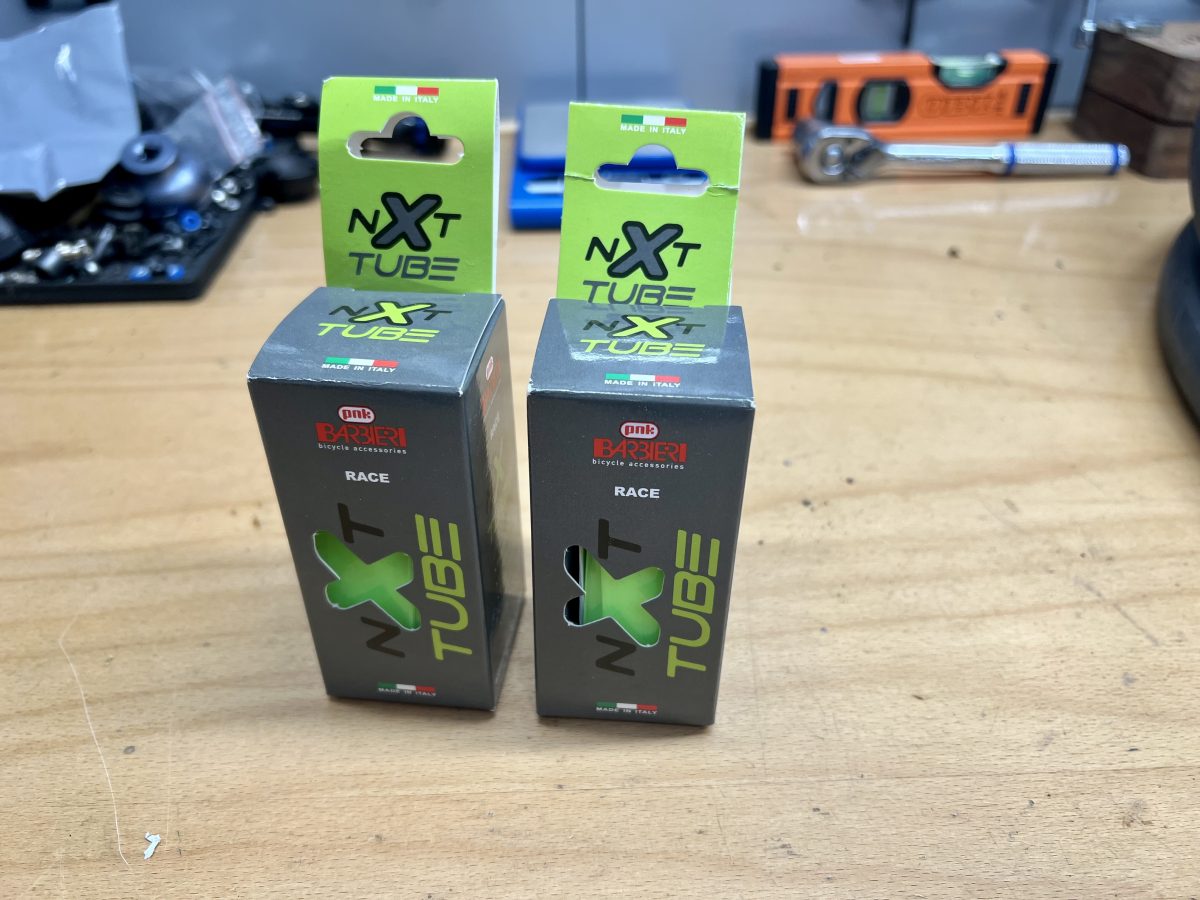
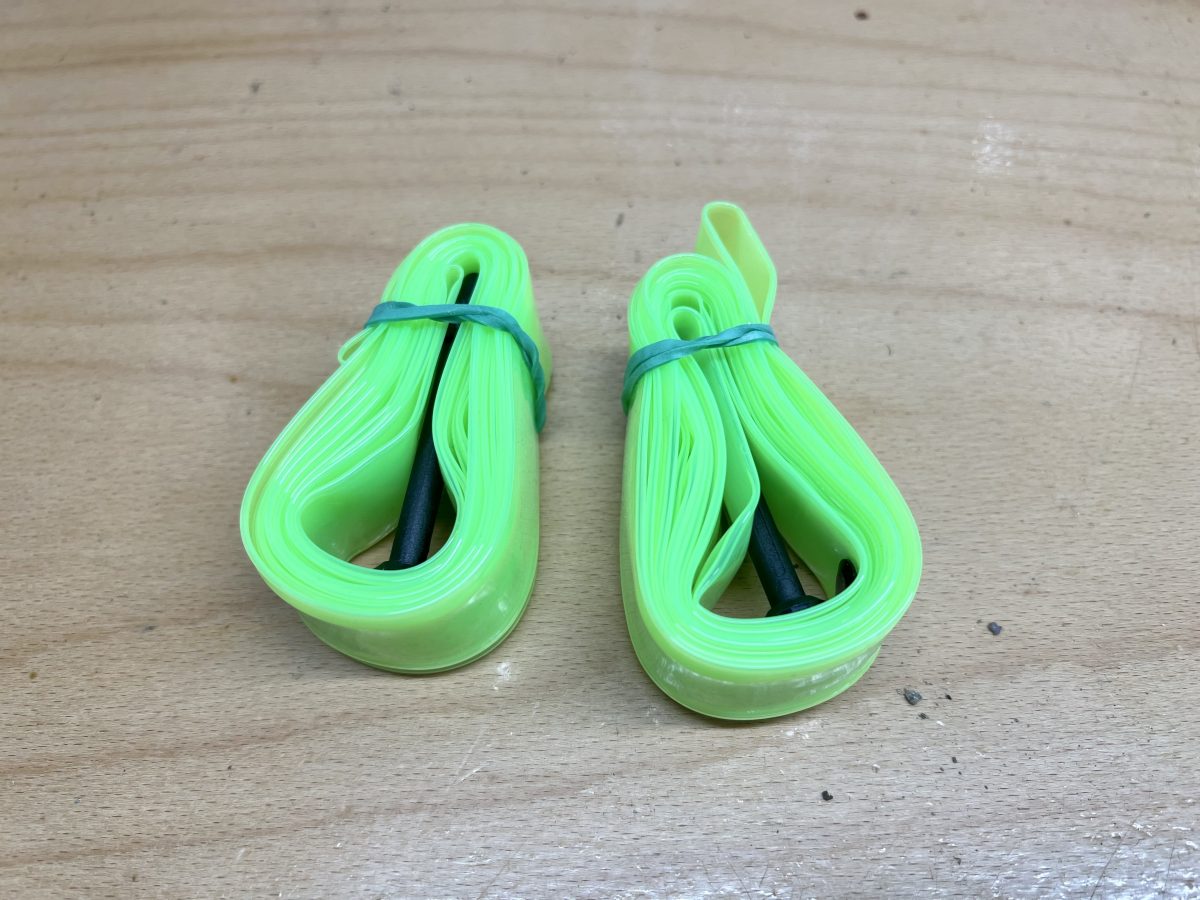
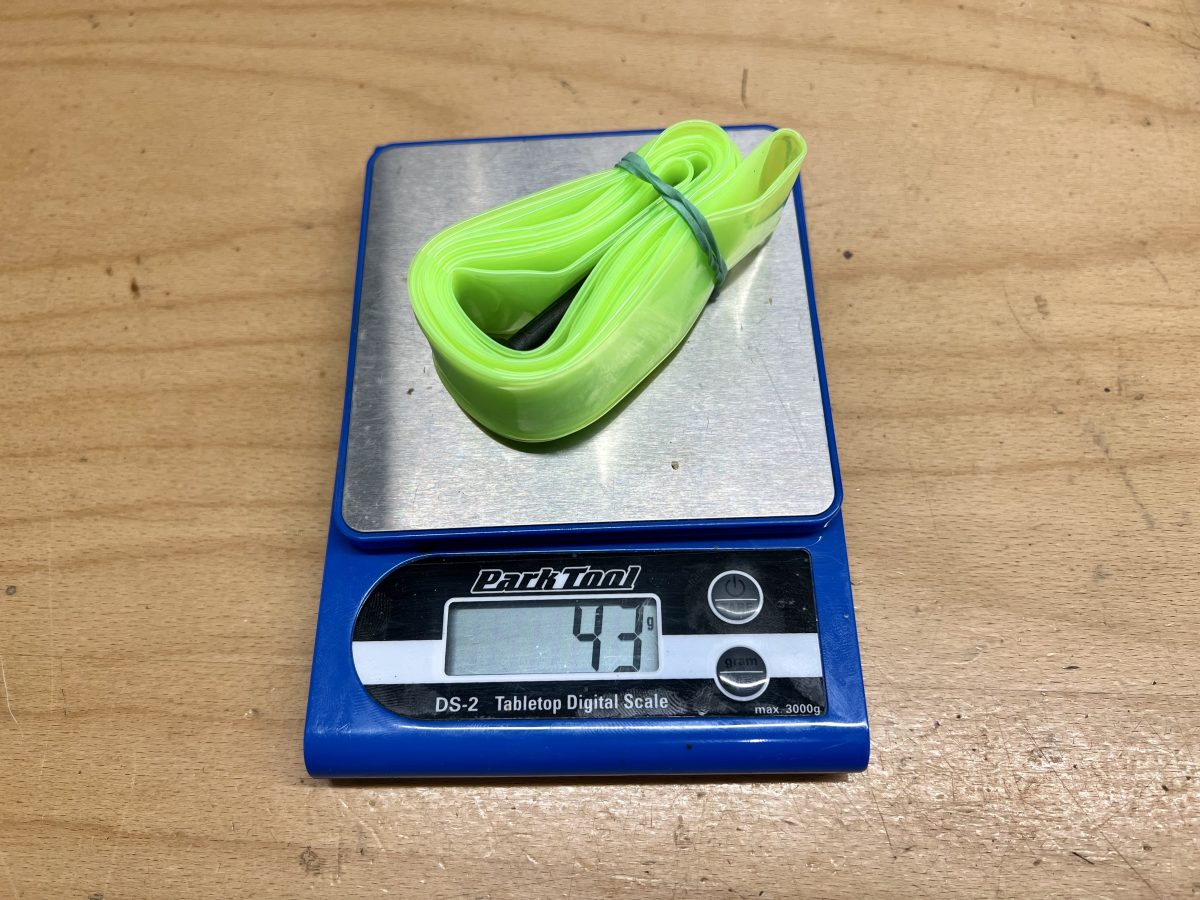
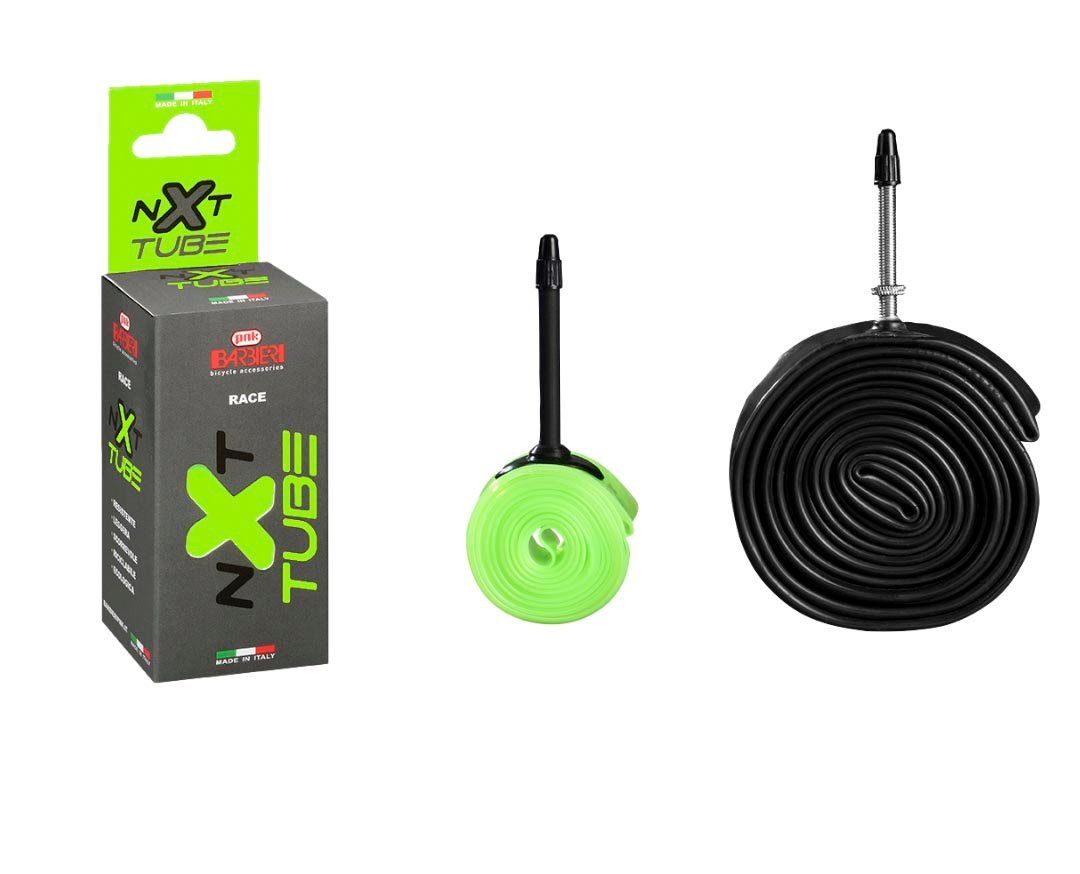

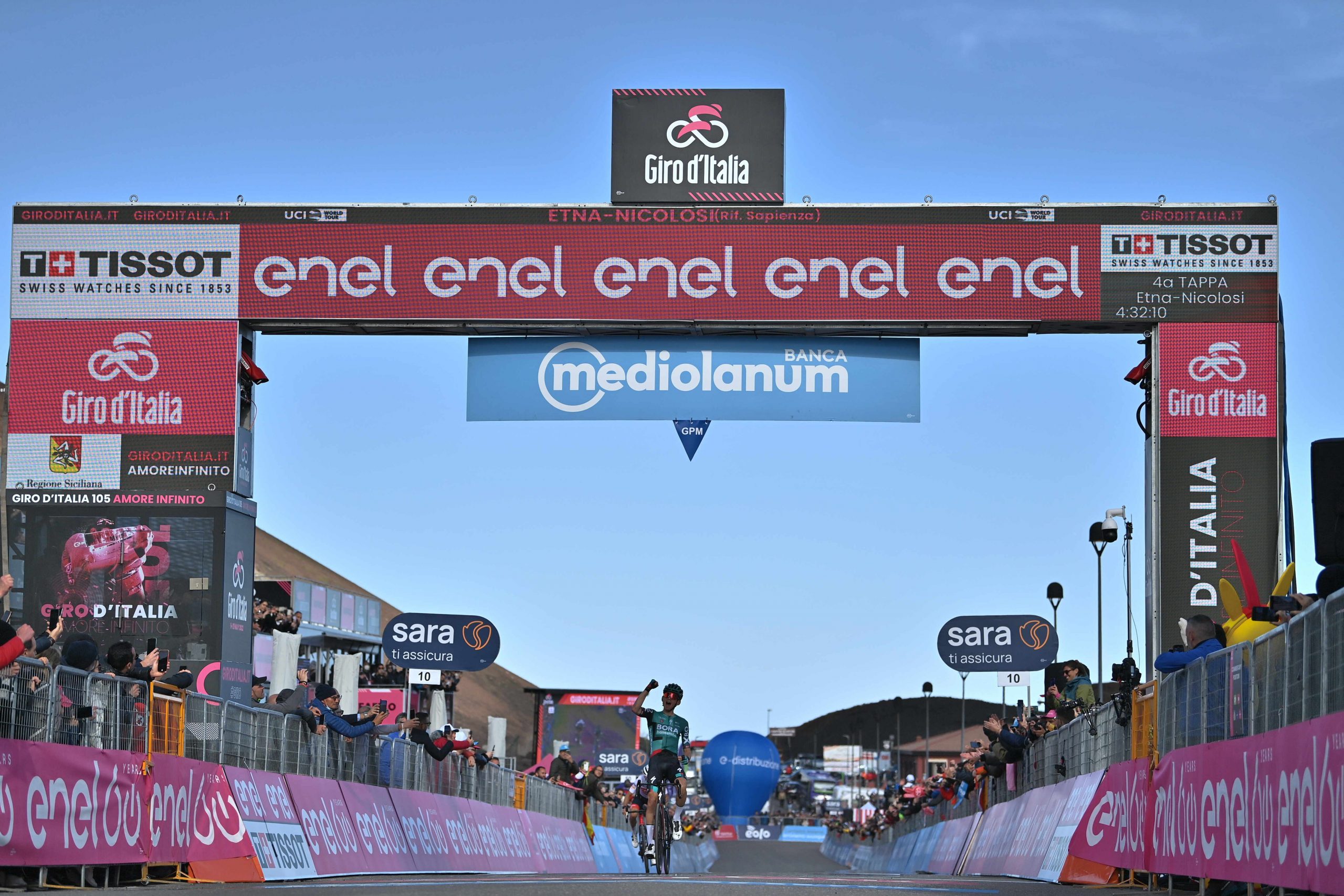





“An ounce off the wheels is worth a pound off the frame,” goes the old saying, implying that rotating weight, especially on the wheels, is supremely important. The claim is sometimes laid out in less hyperbolic terms that weight on the wheels counts twice because when you accelerate you have to get it both spinning and moving forward.
Problem is, it’s not true. In 2001 bike engineer Kraig Willett analysed the forces on wheels(link is external) and concluded:
“When evaluating wheel performance, wheel aerodynamics are the most important, distantly followed by wheel mass. Wheel inertia effects in all cases are so small that they are arguably insignificant.”
The idea that rotating mass is important comes from the belief that wheel inertia matters, because it’s inertia that has to be overcome to accelerate a wheel. But Willett clearly demonstrates that wheel inertia doesn’t matter, so rotating weight is also relatively unimportant.
Why not? Well, you don't do much accelerating when you ride a bike, and even when you do the acceleration is relatively low, so the power expended accelerating a bike with ‘heavy’ wheels is only fractionally higher than that needed for light wheels. Overall weight matters when you’re climbing, but even that’s not as big a factor as people imagine and it’s a lot cheaper to save weight off your middle than the bike.
In fact you spend most of your time, and therefore effort, shoving the air out of the way, and that’s a far better basis for choosing wheels. The roughly tenfold difference in the effect of aerodynamics versus total mass means you’re far better off with a pair of good aero wheels than a pair of light ones.
Le Barbieri sono più resistenti?
Buco nel 99 % dei casi per pizzicate su buche che non vedo perché in ombra (mi capita un paio di volte all’anno), con le aerothan le buche erano proprio piccole e ci sono rimasto molto male. Non credo che le riproverò.